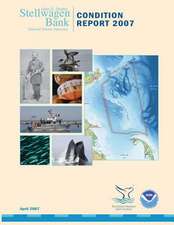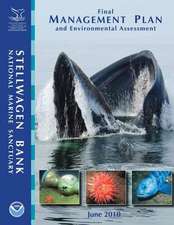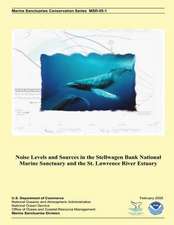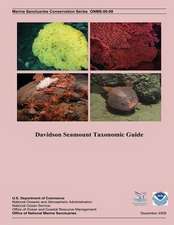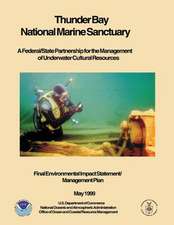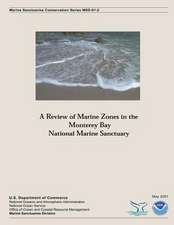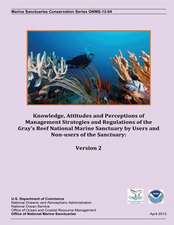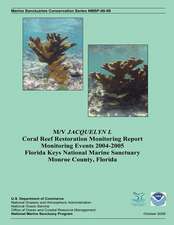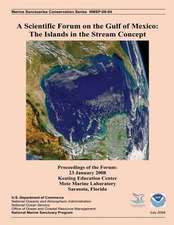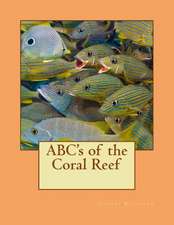Effects of Climate Variation on the Breeding Ecology of Arctic Shorebirds
Editat de Hans Meltofteen Limba Engleză Paperback – 31 dec 2006
Preț: 137.43 lei
Preț vechi: 150.43 lei
-9% Nou
Puncte Express: 206
Preț estimativ în valută:
26.30€ • 27.53$ • 21.76£
26.30€ • 27.53$ • 21.76£
Carte disponibilă
Livrare economică 17-31 martie
Preluare comenzi: 021 569.72.76
Specificații
ISBN-13: 9788763512794
ISBN-10: 8763512793
Pagini: 48
Ilustrații: colour photos & maps
Dimensiuni: 192 x 266 x 5 mm
Greutate: 0.19 kg
Editura: Museum Tusculanum Press
ISBN-10: 8763512793
Pagini: 48
Ilustrații: colour photos & maps
Dimensiuni: 192 x 266 x 5 mm
Greutate: 0.19 kg
Editura: Museum Tusculanum Press
Cuprins
Introduction; Study sites & data; The breeding season of Arctic shorebirds; Arrival on breeding grounds; Pre-nesting period & egg-laying; Clutch size & egg volume; Energetic constraints & nest abandonment during incubation; Predation on eggs; Chick-rearing; Total juvenile production & recruitment to the breeding population; The post-breeding period of adults on the breeding grounds; Adult survival & site tenacity on the breeding grounds; Population densities, distribution & size; Discussion.

